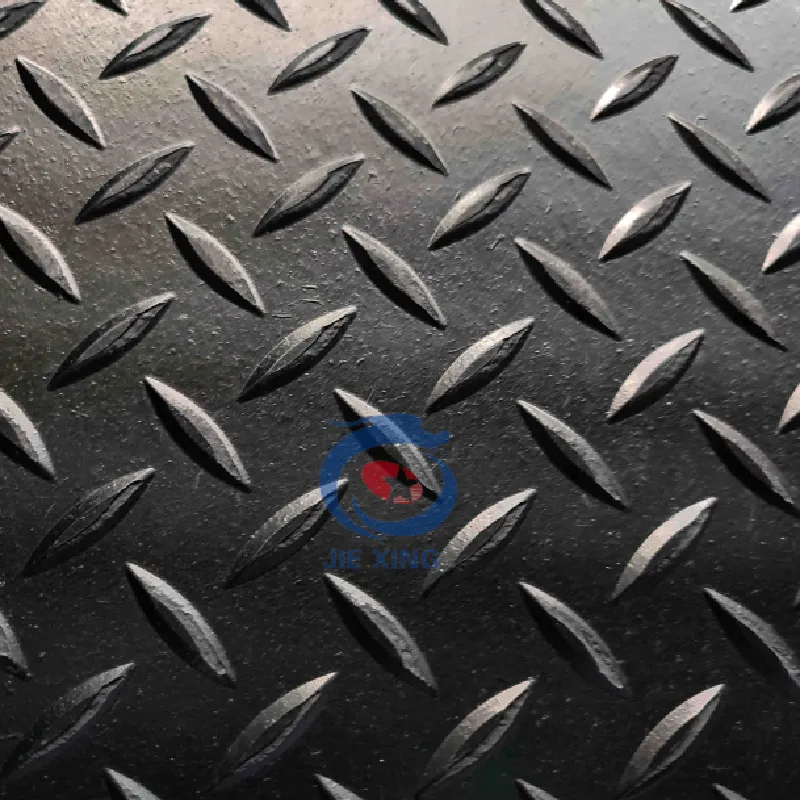Different Types of Door Bottom Seals and Their Benefits for Your Home
Types of Door Bottom Seals Enhancing Security and Energy Efficiency
When it comes to home improvement and energy efficiency, one often overlooked yet crucial component is the door bottom seal. These seals are designed to close the gap between the bottom of your door and the floor, providing a buffer against drafts, dust, insects, and noise. But with various types of door bottom seals available, choosing the right one for your needs can be a daunting task. In this article, we'll explore the different types of door bottom seals, their benefits, and how to choose the best option for your home.
1. Brush Seals
Brush seals are popular for their ability to block drafts while allowing for smooth door movement. A strip of nylon or polypropylene bristles is mounted on a backing, which can be fixed to the bottom of the door. These seals work particularly well for exterior doors, as they effectively keep out wind, rain, and snow while allowing moisture to escape. However, over time, the bristles can wear out and may require replacement.
2. Vinyl or Rubber Seals
Vinyl and rubber seals are another common option, known for their durability and effectiveness. These seals come in various sizes and can be self-adhesive or screw-on types. They create a tight seal when the door is closed, significantly reducing air leakage, which is especially beneficial in climates with extreme temperatures. Rubber seals tend to be more flexible and resilient to weather conditions, while vinyl seals are often simpler to install.
3. Door Sweeps
Door sweeps are installed at the bottom of the door and are typically made of a solid or flexible material. They function to “sweep” the floor each time the door opens and closes, helping to block gaps and prevent air leakage. Door sweeps can either be attached with screws or adhesive and are effective in both residential and commercial settings. They are particularly advantageous for entry doors, as they can also help diminish noise and deter insects.
door bottom seal types

4. Flat Seals
Flat seals are an easy-to-install option, often made from foam or rubber. They are ideal for lightweight doors, such as interior doors. These seals adhere directly to the bottom of the door and compress against the floor when the door is closed, creating a barrier against drafts and debris. Flat seals come in various thicknesses, allowing for customization based on the specific gap between the door and the floor.
5. International Standards and Considerations
When selecting a door bottom seal, it’s essential to consider international standards for thermal efficiency and air-tightness. Many countries have regulations that encourage the use of energy-efficient products in homes and commercial buildings. Investing in quality door bottom seals not only helps reduce energy bills by minimizing heating and cooling losses but also contributes to a more comfortable living environment.
6. Installation Tips
Proper installation is crucial to the effectiveness of any door bottom seal. Most products come with detailed installation instructions, but common tips include measuring the door's width precisely, ensuring the seal is positioned level with the floor, and checking for any obstructions. Regular maintenance checks can also ensure that your seals continue to function well over time.
Conclusion
Selecting the right door bottom seal can greatly enhance your home’s energy efficiency, security, and overall comfort. With options ranging from brush seals to door sweeps, understanding the benefits and purposes of each type will help you make an informed choice. Whether you’re looking to block drafts in the winter, keep bugs at bay in the summer, or reduce noise between rooms, there is a door bottom seal suited to meet your needs. By taking the time to choose and install the right seal, you’ll not only improve your home’s functionality but also contribute to a more sustainable environment.
-
Under Door Draught Stopper: Essential ProtectionNewsJul.31,2025
-
Garage Door Seal and Weatherstrips for ProtectionNewsJul.31,2025
-
Edge Banding Tape for Perfect EdgesNewsJul.31,2025
-
Table Corner Guards and Wall Corner ProtectorsNewsJul.31,2025
-
Stair Nose Edging Trim and Tile Stair SolutionsNewsJul.31,2025
-
Truck Bed Rubber Mats for Pickup BedsNewsJul.31,2025
-
Window Weather Stripping for Noise ReductionNewsJul.29,2025